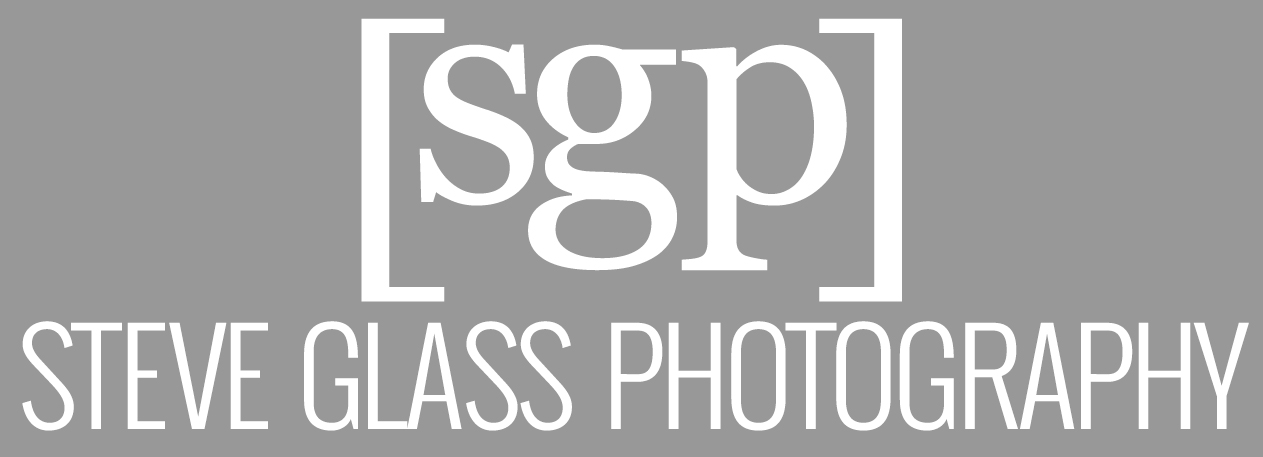Lighting For Headshots
I had a friend looking at canvas prints of my family that I had shot. She said something very interesting, "I like where you put the shadows." It was such an interesting turn of phrase. I do use shadow in portrait work. There are times when a huge flat light with very little shadow is just the right thing. If you're shooting an actor in their early 20's for instance. You can hardly go wrong. However, the vast majority of people benefit greatly by well placed shadows.
Your headshot should be about your face in the best light possible. That varies from person to person. Lighting is really about the shape of your face. Are we trying to slim, widen, accent, or otherwise mitigate some issue? There are occasions when we want a "clever" lighting setup and you look great in that light. The lighting really just depends on your intentions for your image and the circumstances we are working in.
Studio Lighting
When you come to me in the studio I might try 2 or 3 lighting set ups along with variations on each to see what suits you best. Often folks look good in a couple different set ups.
Lighting on Location
If you're hiring me to shoot 30 of your people in a day and they range in age from 25 to 65 time usually becomes a limiting factor. So depending on your ceiling height and room dimensions our options get limited. Fear not there are some setups that suit most everyone with minimal adjustments.
Lighting Patterns
There are many ways to light a person. For the purposes of this article with respects to headshots I think it's most useful to consider two basic lighting "patterns". Both patterns are named by the shadow the nose casts. An overhead light in line with the camera lens creates a shadow under the nose. We call this butterfly lighting as the nostril's shadow looks like butterfly wings. Moving the light to the side and closer to the camera we move the nose shadow to the side and down and it creates a loop. This is called loop lighting. In loop lighting there is an open loop and a closed loop. For headshots we most always use an open loop. There some variation inside just those two choices. You can use different size lights to create harder or softer shadows. You can use fill lights to fill in shadows. You can add accent lights to accent hair or other features. Here are some samples.
Most everyone will look good lit with loop lighting. It's a go to for location work. Depending on your ceiling height we can use a medium to 7 foot modifier.
Accent Lighting
Below is an example of accent lighting. I use accent lighting in the studio quite a bit in different ways. Usually I'm looking for highlights on the cheeks. The success of the accent lights depends on the shape of the subject's face and if there's an effect we're going for. For instance if I'm shooting an image to composite I might need to use accent lights to match the "backplate" of the composite. I would also consider a hair light an accent light. I seldom use a hairlight. If I was in a dark room with a high ceiling I might use a hair light. Most often photographers have their hairlight too hot in my opinion. It's distracting. I find if I'm shooting in a room with a white ceiling that's 10 feet or lower I don't need one.
Butterfly Lighting - named by the butterfly shaped shadow under the nose. Without accent lights this lighting can have a slimming effect and also casts a nice shadow under the chin. The shadow under the chin can be controlled a couple of different ways according to tastes.
Loop Lighting - For shooting a number of single subjects in the same day this is the set up I recommend. The light is moved towards the side which pushes the shadow down the nasal fold of the face. Loop lighting puts a portion of the face in shadow. By turning the shadow side of the face more towards the camera we can create more shadow and effectively slim the face down effectively.
Butterfly lighting with edge or accent lighting from behind. On this particular subject it works to a degree as an effect. I don't think it's as flattering as leaving the accent lights off. I think the shape of his face benefits more from no accent lighting.
This is another example of loop lighting. This image has more contrast than most business headshots. I think it works for him. He's young and handsome so most lighting set ups are going to work for him.
Thanks for reading this post. Lighting is critical in a headshot. A loop lighting set up on location seems to suit everyone. Adjusting the fill light and adding or subtracting shadows is almost always what I suggest. I love doing different types of shoots though and I'm open to ideas and experimenting as the situation permits.




